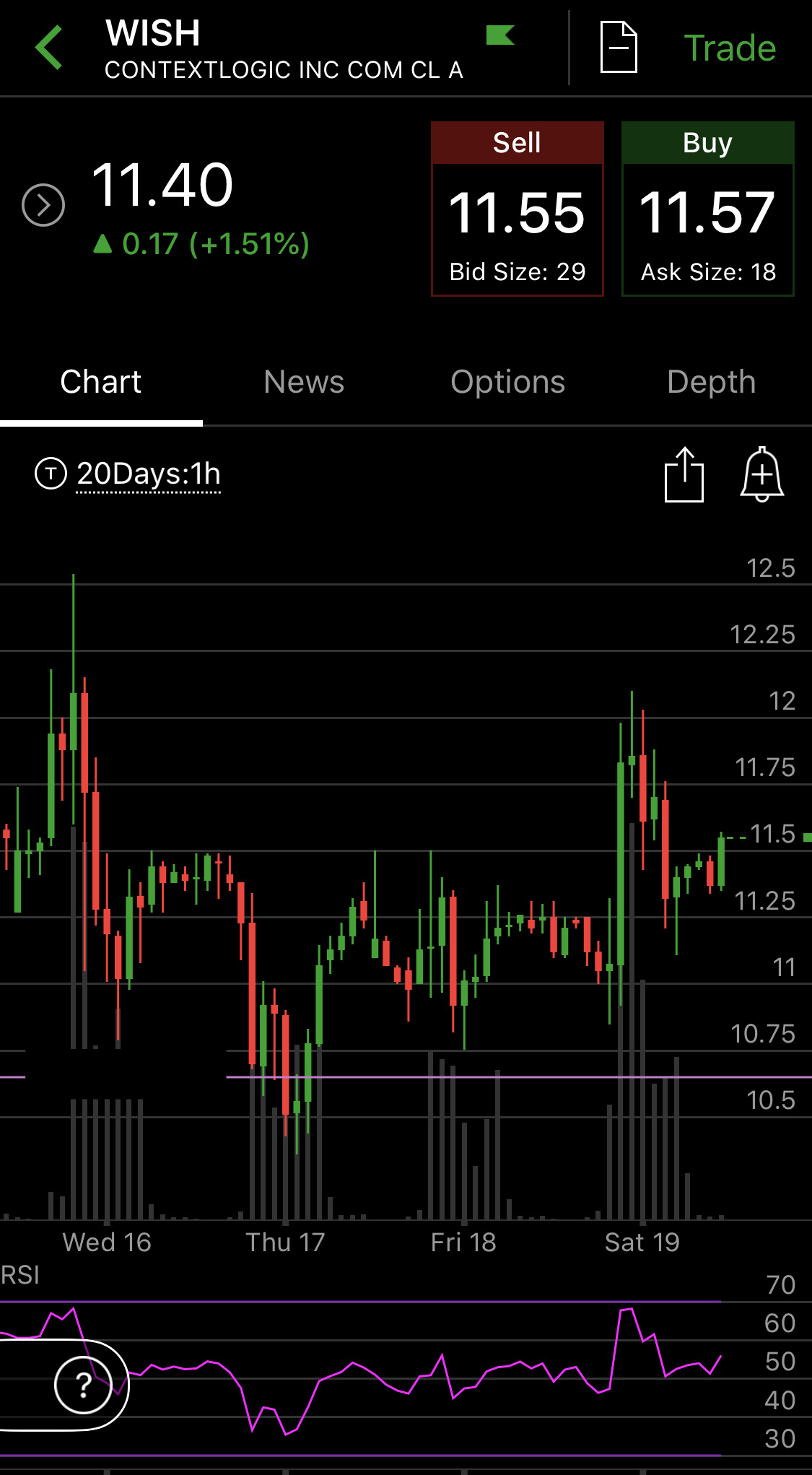For investors of discount e-commerce marketplace Wish, the past six months have been one heck of a bumpy ride. Following its mid-December IPO at $24 a share -- trading under the name of its parent company, ContextLogic (NASDAQ:WISH) -- the stock climbed to $33 a share in January. But since then, the price has plunged by 77%, hitting a low of $7.52 on June 7. It has pared those losses a bit in the past week, but it would still need to more than double in price just to get back to its debut price.
So why did Wish fall? Bears are highlighting the company's decelerating revenue and user growth, coupled with its widening net losses. They're also comparing Wish to other e-commerce players that are growing more quickly -- and in many cases, profitably. Wish also offered weak guidance for the current quarter, which hasn't helped matters.
These are all legitimate concerns. But bears seem to be overly focused on short-term headwinds while failing to note two key factors that will shape the future of this e-commerce platform.
Wish generated $2.5 billion in revenue last year. That's just a drop in the bucket compared to the global e-commerce market, which eMarketer expects to be worth $6.3 trillion by 2024.
Wish hopes to become the online retailer of choice for value-conscious shoppers. To get there, Wish must expand its selection of products far beyond the often low-quality products it offers currently. It needs to grow, diversify and localize its merchant base, targeting local sellers in the U.S. and Europe for its partner network. The company also needs to drum up marketing efforts, improve its delivery infrastructure and expand Wish Local.
The path to success won't be easy, as Wish faces competition from larger, more established players like Amazon and eBay. But Wish is hoping it can leverage its strengths -- such as its prowess in data science -- to outsmart its rivals. And with a potential customer base spanning over a billion households worldwide, Wish should remain busy for many years to come.

精彩评论